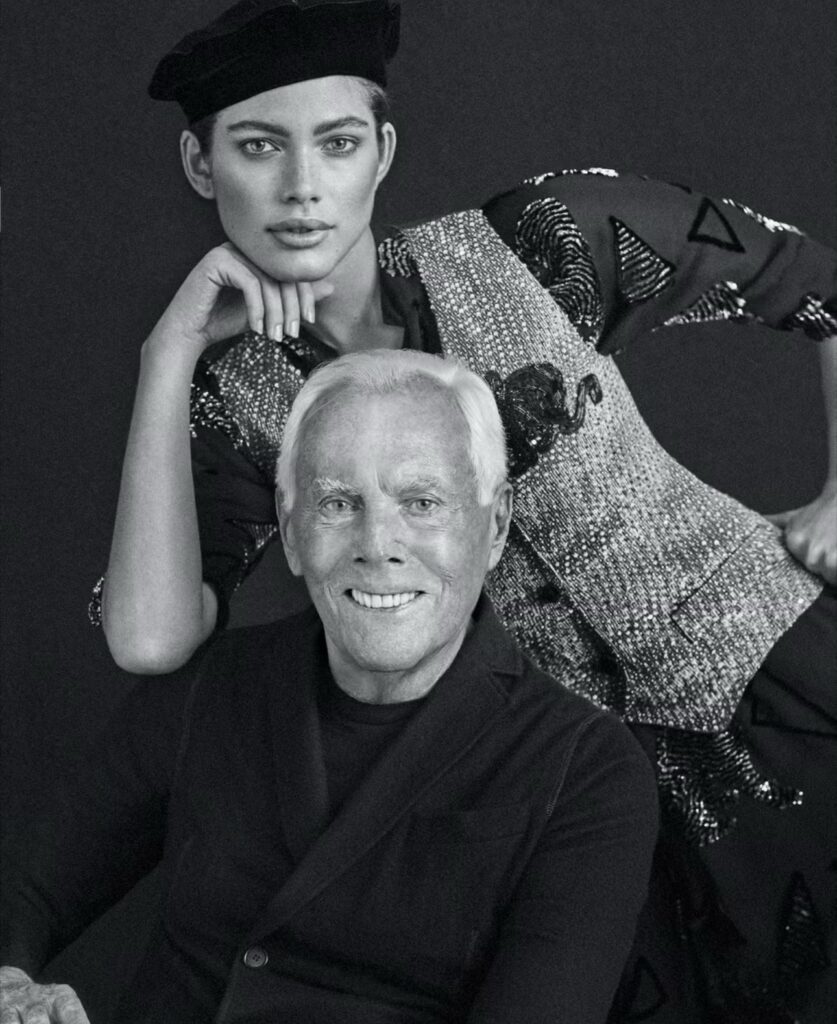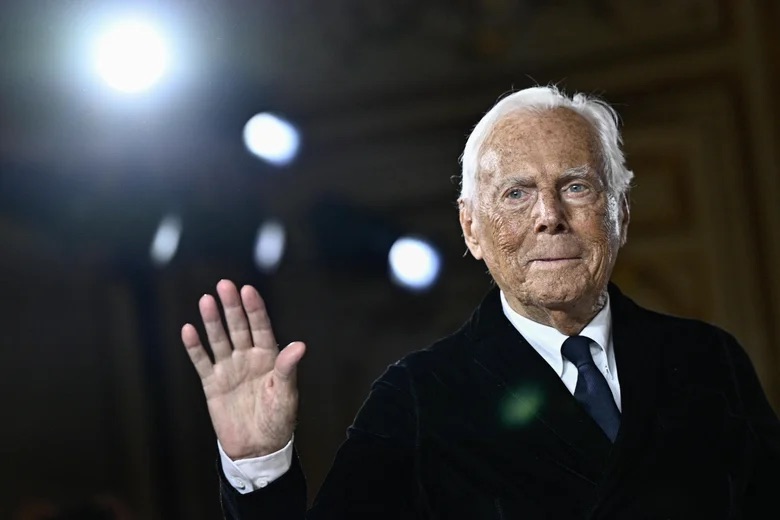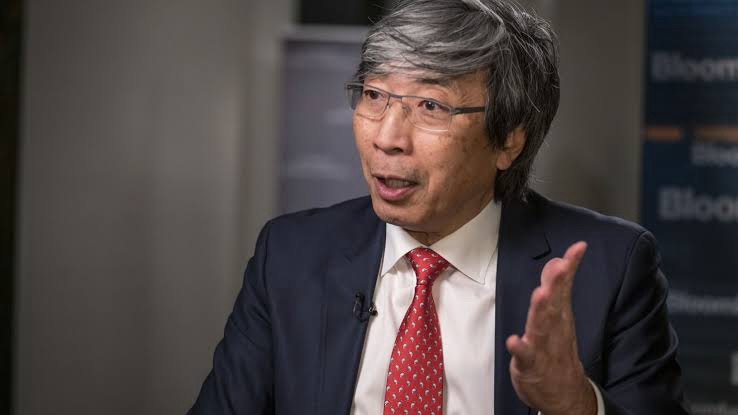Few figures in the fashion industry have left as indelible a mark as Giorgio Armani. Known globally as the master of understated elegance, Armani has built not only a fashion empire but also a cultural legacy that redefined what it means to be sophisticated, powerful, and timeless.
The revolution of tailoring
Armani’s breakthrough came in the 1970s and 1980s, when he introduced a softer, more relaxed approach to men’s tailoring. By deconstructing the rigid suits that had dominated business and formalwear, he brought fluidity and comfort into clothing without sacrificing authority.

This innovation coincided with broader social shifts — the rise of a new professional class and a cultural appetite for power dressing. Armani became synonymous with executives, actors, and political leaders who wanted to project confidence with subtlety rather than extravagance.
Hollywood’s favourite designer
Armani’s designs quickly crossed over into Hollywood, most famously when Richard Gere wore Armani suits in the 1980 film American Gigolo. That cinematic moment turned Armani into a household name, cementing his association with glamour and success.
Over the decades, he dressed a constellation of stars, from Michelle Pfeiffer to George Clooney, and became the go-to designer for red carpets. His influence in film earned him a reputation as not just a fashion designer but a storyteller through style.
Building a global empire
What sets Armani apart from many of his contemporaries is his ability to transform his brand into a multi-billion-dollar enterprise while retaining creative control. Unlike other luxury houses that eventually sold to conglomerates, Armani has remained independent, with full ownership of his company.
His empire spans:
Fashion lines: Giorgio Armani, Emporio Armani, Armani Exchange, Armani Privé. Lifestyle ventures: Hotels in Milan and Dubai, interior design, and cafés. Beauty & fragrance: One of the most profitable arms of the business, ensuring Armani’s presence in millions of households worldwide.
Forbes estimates his personal fortune at several billions, making him one of the wealthiest and most influential figures in global fashion.
Elegance as philosophy
Armani’s genius lies not only in design but in building a brand philosophy. He championed minimalism long before it became a buzzword, crafting garments that emphasised clean lines, muted colours, and timeless shapes.
For Armani, elegance is not about being noticed, but about being remembered. His approach contrasts with the louder, trend-driven strategies of many luxury brands, proving that restraint can be as powerful as excess.
Cultural symbolism
Beyond clothing, Armani represents an idea: the sophistication of Italian craftsmanship elevated to a global ideal. He embodies a unique blend of business acumen, cultural diplomacy, and national pride, turning his name into shorthand for excellence.
His work has shaped perceptions of masculinity and femininity, broadened the appeal of luxury fashion, and influenced countless younger designers who view Armani as a benchmark for taste and authority.
The legacy
At over 80 years old, Giorgio Armani remains actively involved in his company, defying the norms of succession in fashion. His legacy is not only the empire he built but the values he instilled: authenticity, independence, and a relentless pursuit of elegance.
In an industry often defined by change and reinvention, Armani has shown that consistency is its own kind of revolution. His journey from a small town in Piacenza to the heights of Milan’s fashion world is a testament to vision, discipline, and cultural intuition.
Conclusion
The milestones that transformed Giorgio Armani into a legend are more than historical footnotes; they are lessons in branding, leadership, and timeless innovation. Armani revolutionised tailoring, conquered Hollywood, built a global empire, and, in doing so, redefined what it means to be an icon.






